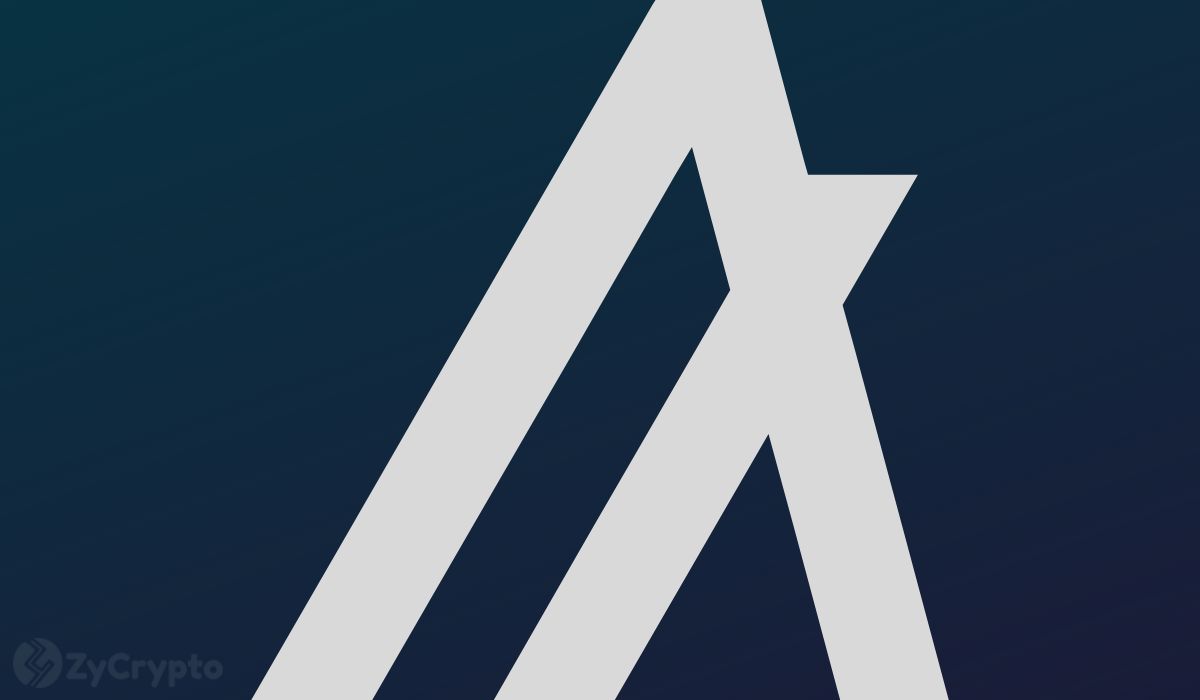Algorand, a state-of-the-art pure proof of stake network, is introducing innovative features that differentiate it from traditional proof of stake networks like Ethereum or delegated proof of stake networks like Cardano, according to John Woods, Chief Technical Officer (CTO) at Algorand. In a recent Twitter Video-call, he explained that Algorand’s pure proof of stake mechanism incentivizes individual participation in consensus and decentralizes the network by disincentivizing pooling.
In pure proof of stake, an individual is randomly and deterministically selected from the entire set of stakers to validate and propose the next block, creating a more decentralized and secure network. Woods emphasizes the importance of security in blockchains, as the technology’s consensus mechanism is the heart. Algorand’s security model relies on having at least 80% of the declared stake online during block production to prevent network disruptions.
To ensure decentralization, Algorand encourages a diverse set of stakers geographically and computationally. The concentration of stakes on a single machine increases the risk of network failure, so large stakeholders are advised not to run staking nodes with more than 50 million ALGO.
He said: “Now for most of us, including myself, 50 million ALGO, is a hell of a lot of cash and we don’t have to worry about that. But for very large companies or international players or venture capitalists or other people who may have very large positions in ALGO, of course they have to be careful that they don’t centralize too much ALGO or centralize over 20% of the stake on a single machine.”
Working Towards Incentivizing Stakers
To enhance network security, the Algorand Foundation temporarily brought more of its custodial funds online. Despite the operational burden, this move increased the amount of ALGO staked, representing around 23% of all the Algorand in circulation. However, Woods acknowledges the need to prioritize organic stake from the community and reduce the foundation’s stake to achieve a more decentralized network.
Woods discusses the plan to incentivize consensus participation in Algorand, similar to how stakers earn rewards in other blockchain networks. The foundation is actively exploring ways to incentivize consensus and working on easy-to-run nodes and potential participant earnings. Woods believes incentivizing consensus will encourage organic stake growth, diversify stakers, and enhance network security.
The Elephant in the Room: Algofi
In closing, Woods mentions the retirement of Algofi, a popular venue running on Algorand, expressing sadness but hoping that the funds there will be redistributed to other venues on the chain.
Regarding Algorand’s network security, the CTO emphasizes the importance of growing stakes in the network, making it easier for individuals to participate, and rewarding them for their contributions.
As Algorand continues to evolve, Woods assures that more information on incentivizing consensus will be shared in the coming weeks, alongside improvements to Algorand’s one-click nodes. The aim is to create a secure and decentralized network that benefits individual stakers and the entire ecosystem.
With its innovative approach to pure proof of stake and plans for incentivizing consensus, Algorand’s future looks promising as it strives to secure and enhance its popular blockchain network.
However, the competition it seems, was also listening in. Cardano founder Charles Hoskinson, known not to shy away from a quip with another blockchain, immediately responded with a tweet, he said: “It might be prudent for Algorand to consider becoming a sidechain of Cardano. Always here to help.”
While it is most like meant in jest, commentators were quick to state that Hoskinson is friendly with the team at Algorand. Nonetheless, collaboration rather than working against each other seems the best way to move the industry forward.







